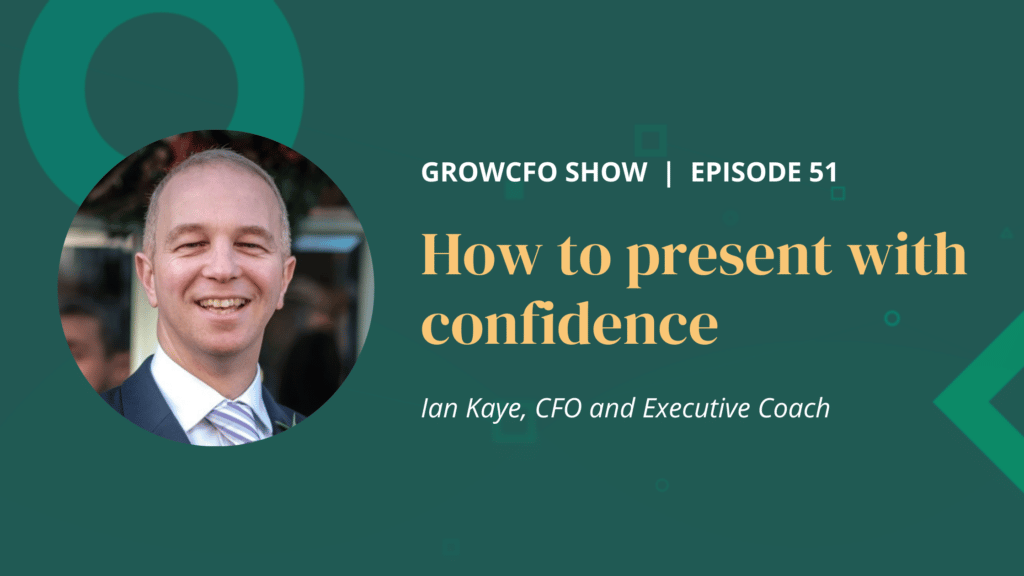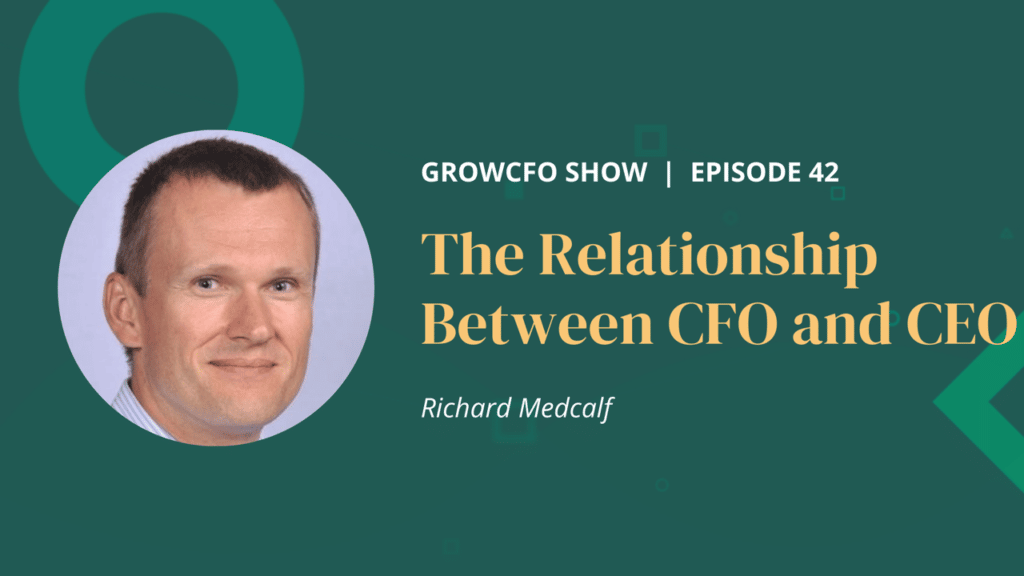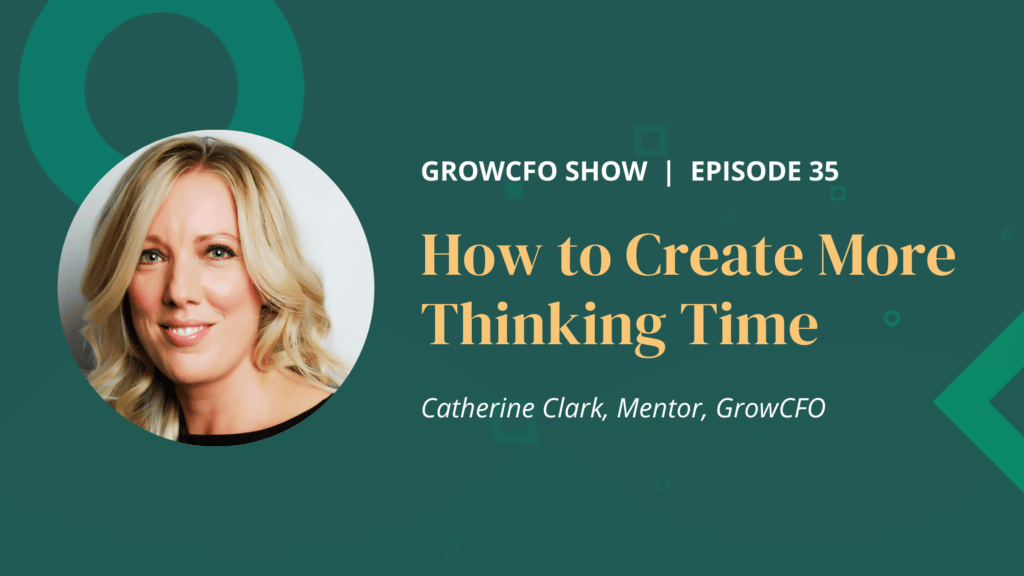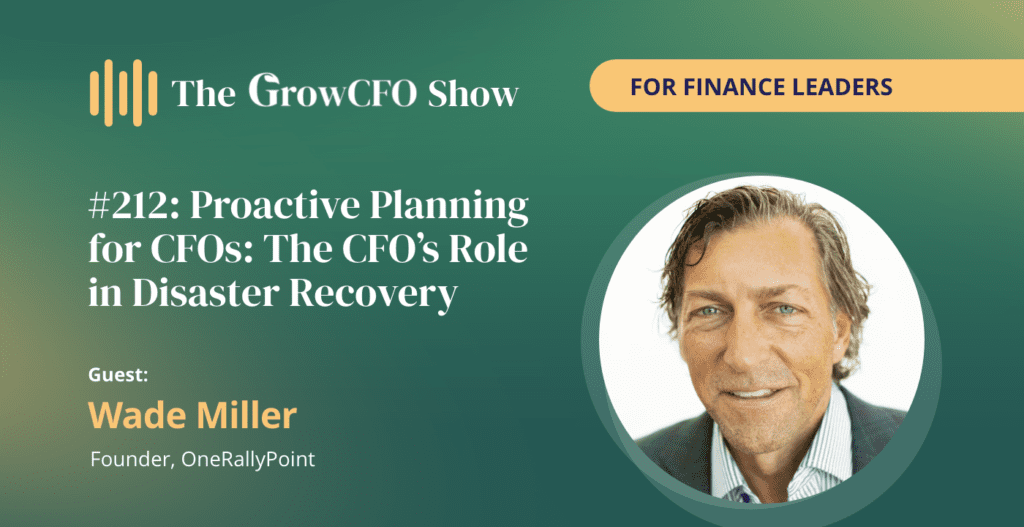#51 How to present with confidence with Ian Kaye

Kevin Appleby is joined by Ian Kaye, CFO and executive coach, to discuss how to present with confidence and how to improve confidence.
What is your background and how did you learn to present with confidence?
Firstly, Ian trained as an accountant at one of the big 4 and worked in industry for 5 years. This led him to be based in Hamburg, returning after 2 years to do a full time MBA. Directly after his MBA, Ian moved to GE as a consultant.
Ian’s roles have usually been business as usual finance roles and in smaller businesses as finance director or as leading quite large bits of change. He has also been largely interested in personal development elements. This included him expanding his interest of neuro linguistic programming during 2014-2017 by attending many courses and becoming a doubly qualified trainer.
He explains how the benefits of this create a toolset for you to understand yourself and the environment and people around you. Also, you can understand drivers of how we show up in the world. This personal development in this area has lead to Ian being an expert at how to present with confidence.
How can you get over the fear of presenting?
While Ian admits he is not a therapist, he recognises that exposure therapy can be very effective at tackling any fear. Exposure therapy theorises that the more you expose yourself to your fear, the more you will be comfortable with it. This will mean your fear will become less intimidating.
If it is part of your monthly set up to give a presentation, you will be getting practice. It may not improve after the first 2 or 3 times, but Ian says, progressively this will reduce the fear of presenting.
What do you think gives people the fear of presenting?
This fear can come from many places. Ian gives an example of someone being made fun of when they made a presentation at school. This will make them associate standing up and speaking in public with an unpleasant feeling. There is somewhere in the unconscious dialogue that tells you you are not interesting or good enough. This roots from the incident at school. While you may not remember why you have those feelings, you still feel them.
Ian says a big part of moving forward is understanding where the fear came from. This will enable you to reframe what meaning you have associated with presenting.
You also have to pay attention to the skill side. This will include what formats you use for presenting, how do you build your confidence to hold your presenter status and how do you engage the audience. One side of being able to present with confidence is the skill you have. The other side is feeling comfortable trying to present or removing the fear.
What should you start doing to build confidence?
There are many approaches. Ian suggests listening to your internal dialogue. You have to see what phrases you are saying to yourself when you are presenting. You should then be going down a timeline and identifying the root and where this started. This is when you try to question, challenge and reframe what it is. This will give you the resources to feel better about presenting. This will further lead to the ability to present with confidence.
There will not be an immediate, huge difference but you can increase confidence quite quickly after a few coaching sessions. It would also be useful to work on different presentation formats.
Ian also reiterates how important practice and knowing your subject is. This can lead you to being able to present confidently. He also suggests thinking about what is the worst that could happen. For example, if you are worried about being asked a question you don’t know the answer to. Ian explains how very rarely does anyone expect every person to have every answer at their fingertips.
What do you do when you make a mistake?
It is human to make mistakes. You should be assertive to correcting your mistake. Ian does, however, recognise that it does take another level of comfort to be ok with making mistakes.
To get this level of comfort you have to present with confidence. This comes back to understanding where your internal dialogue has come from. Then further analysing how relevant it is today and reframing it.
Your comfortability can also be helped by putting the presentation in a format you are comfortable with. This format also has to be natural for the audience and take them on a journey. You want this journey to end at the follow up action point being addressed of what you want them to do after the presentation.
The 3 points of a presentation
Kevin and Ian agree a good way to set a presentation into 3 points. These points should be similar to:
- what do we want them to know
- how do we want them to feel
- what do we want them to do
These points mean you only have to remember a few key words. These will be prompts to you remembering what you wanted to say for that point. It is thought that people only remember 3 things from the presentation so you have to make sure these are your key points.
In presentations, you want to share and provide solutions but it is sometimes too much. Less is more and it is usually better to keep your presentations clear and concise. This will avoid the people you are presenting to becoming bored.
Find out more about GrowCFO
If you enjoyed this podcast you can subscribe to the GrowCFO Show with your favourite podcast app. The GrowCFO show is listed in the Apple podcast directory, Google podcasts and many others. Why not subscribe there today? That way you never miss an episode.
GrowCFO is a great place to extend your professional network. You can join GrowCFO as a free member today and take part in our regular networking events and webinars.
Premium members also have access to our extensive training centre. Here you can enrol in our flagship Future CFO or Finance Leader programmes.
You can find out more and join today at growcfo.net
Podcast: Play in new window | Download







Responses